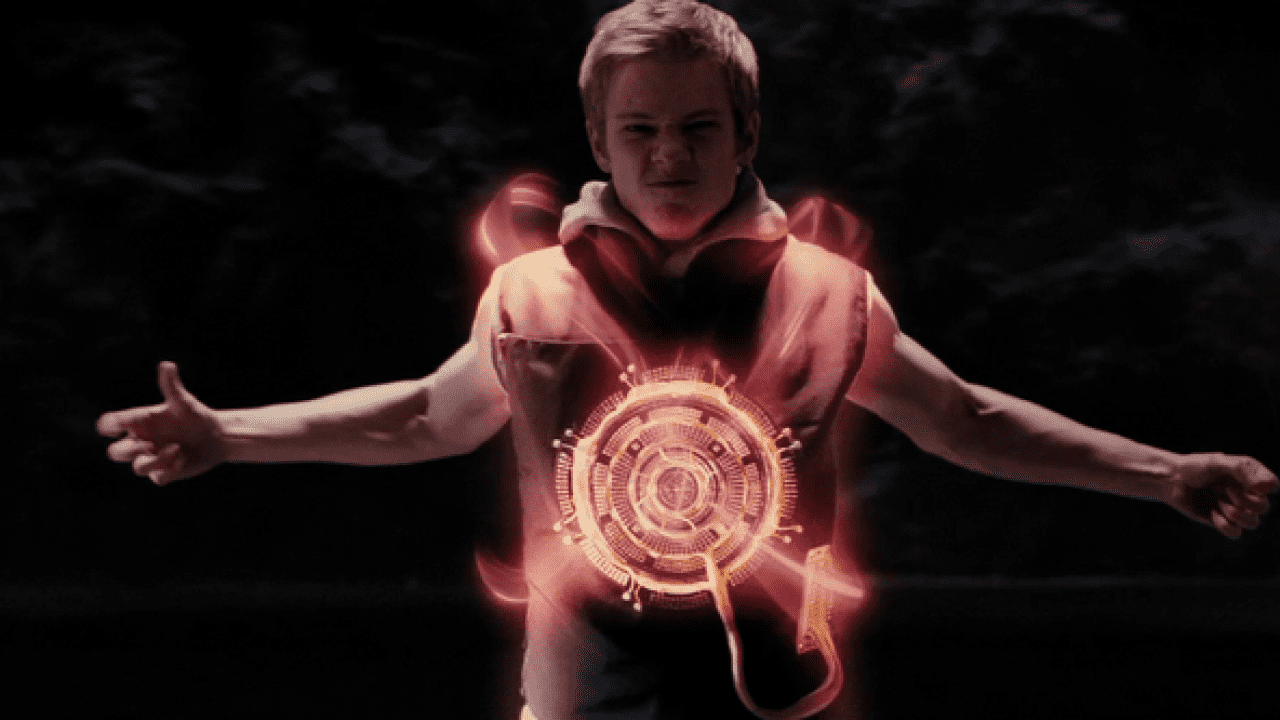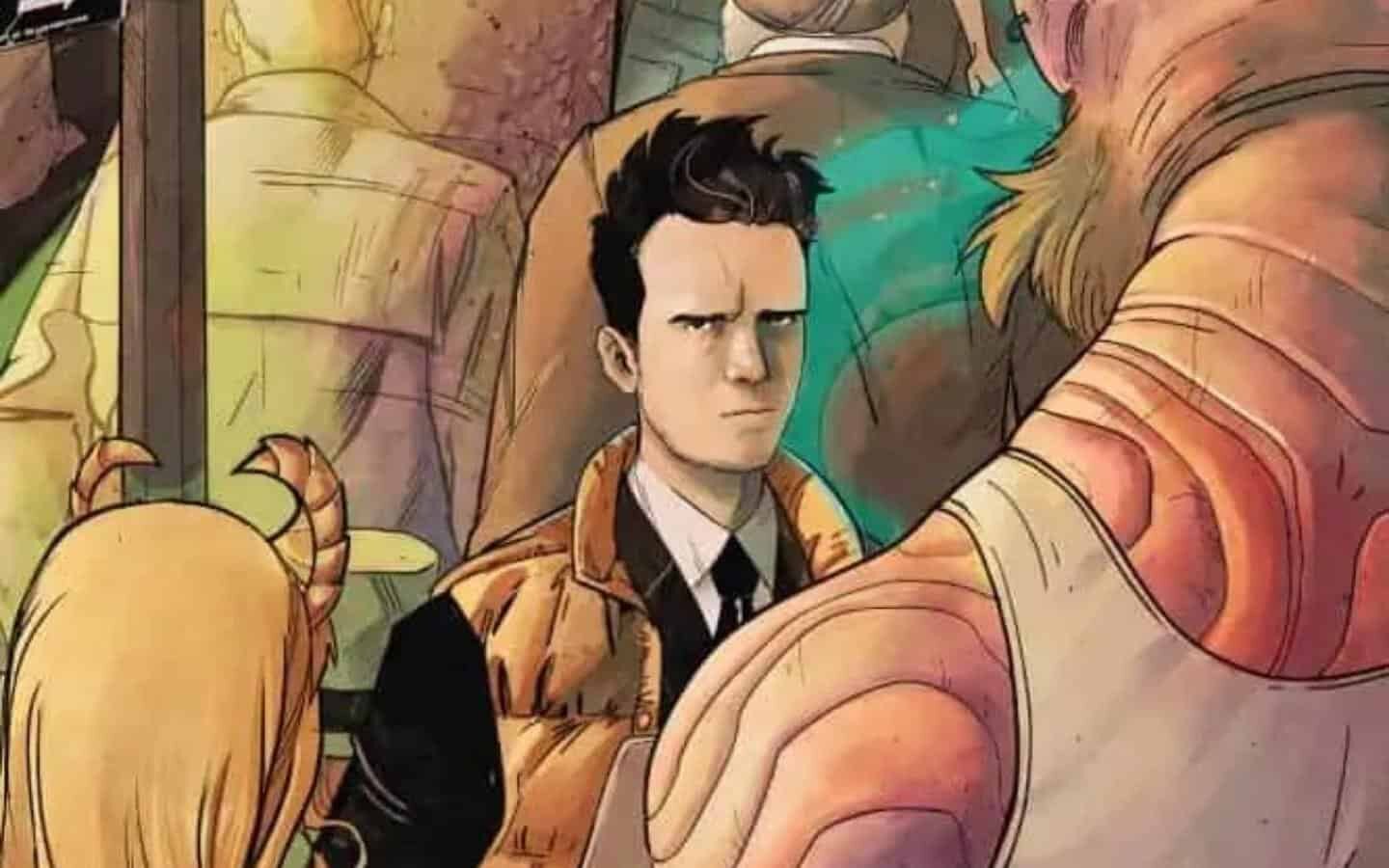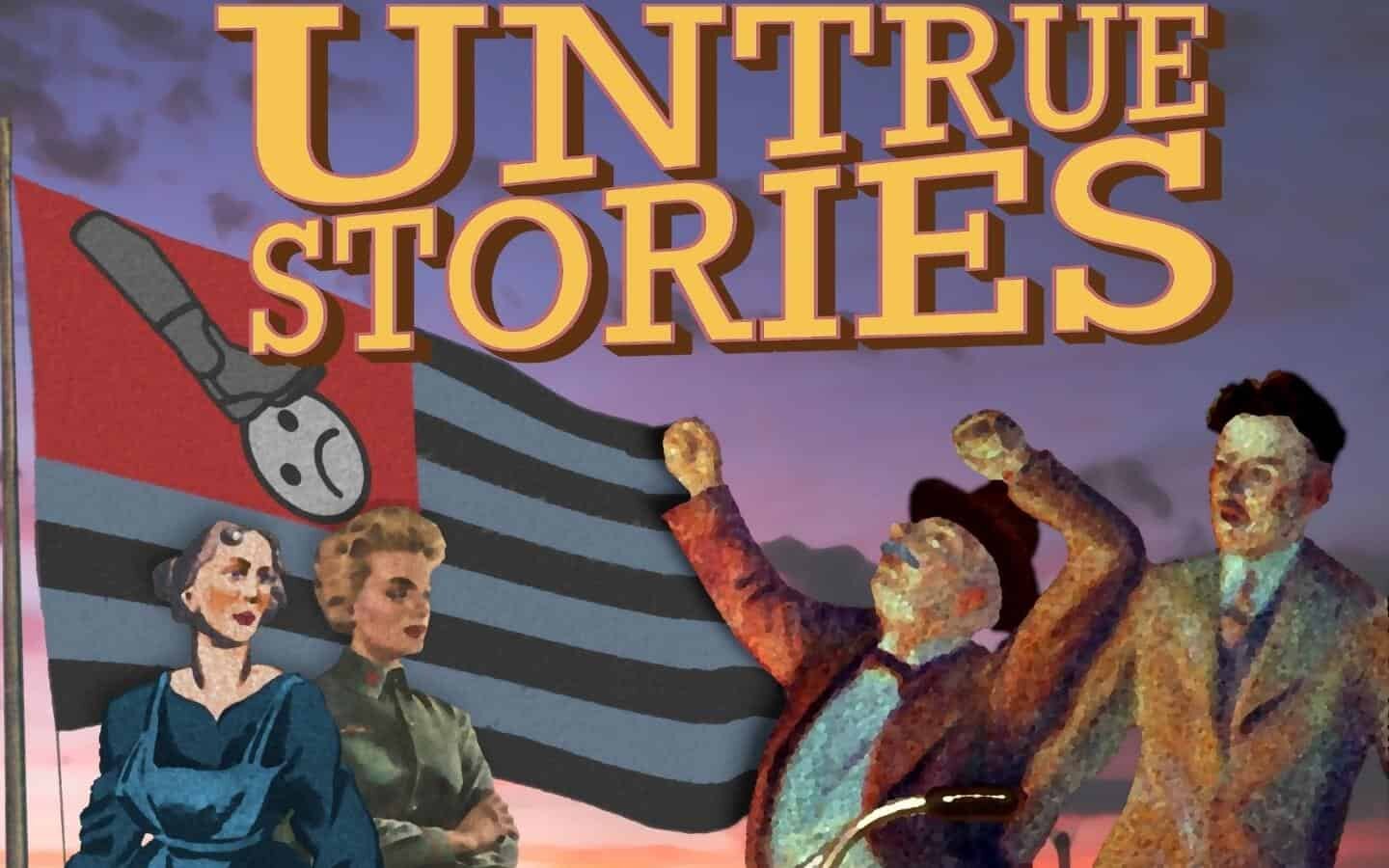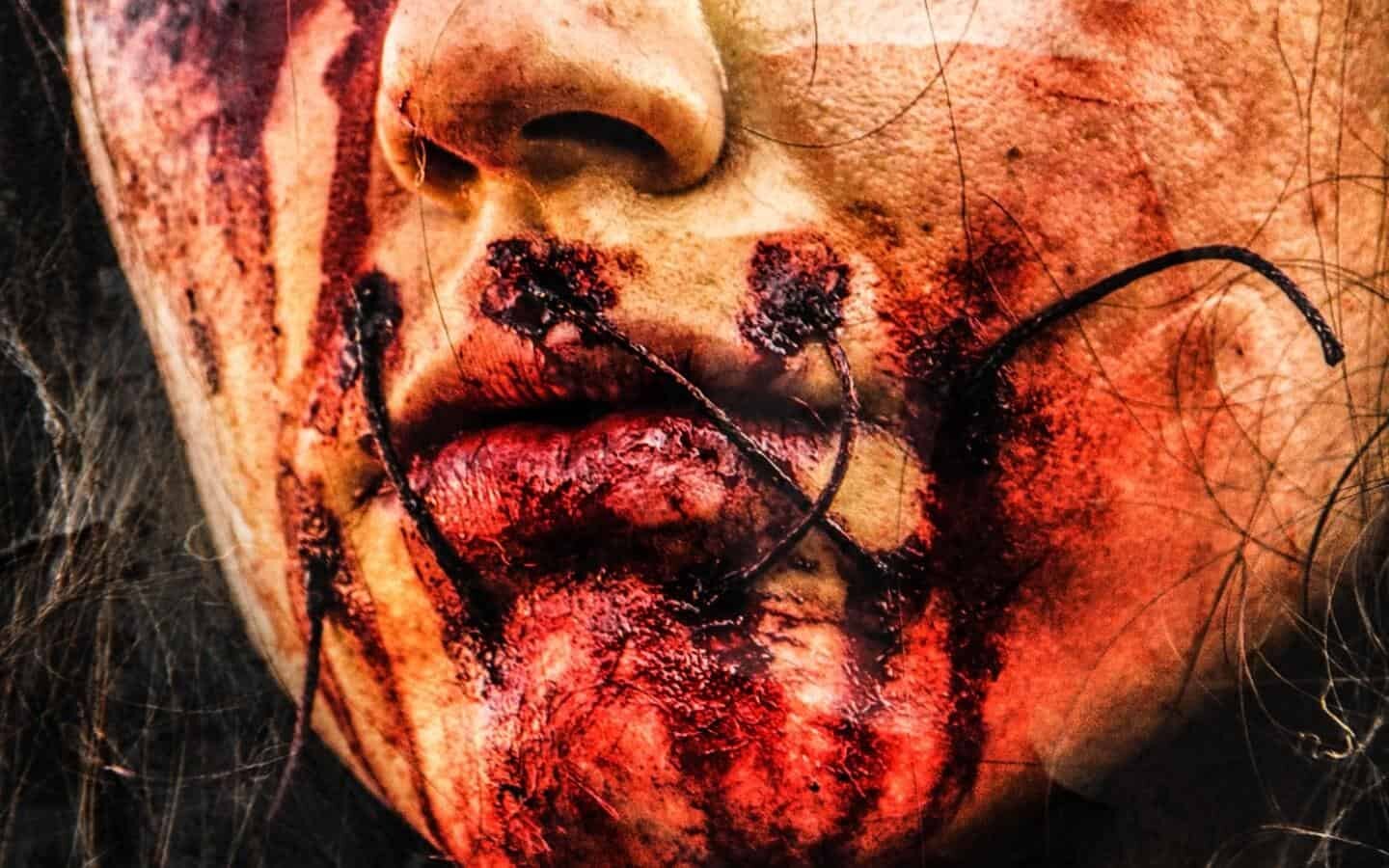This article is part of the Super Backer Digi-Mag which is covered solely by the editing team. Super Backer is a bi-monthly digital magazine which reports exclusively on Kickstarter Campaigns. You can subscribe to Super Backer by heading here.
When a Children’s Author and Comic Book Artist tackle Lobo
Earlier this month I caught up with the co-creators of “Lobo: The Hunted and the Hunter”, a story about one of America’s very first conservationists – Ernest Thompson Seton. This adaptation of the Lobo story is a brilliant showcase of the illustrative talents of Daniel Becker as we’re introduced to a lush and fertile world of New Mexico over one hundred years ago.
Combined with the talent of children’s author, Robert Young, Lobo is a magnificent rendition of the King of Currumpaw story. It’s a historical piece which delves deep into the history of the area, the Native People who inhabited New Mexico and wildlife conservation. This comic book is bursting at the seams with the amount of dedicative research that has gone into – and with each turn of the page it certainly shows.
Your comic, ‘Lobo: The Hunted and the Hunter’, tells the story of one of America’s very first conservationists – Ernest Thompson Seton. Why is it important for you and Robert Young to tell this story?
Daniel Becker: Seton’s story of “Lobo” was originally told in a book he wrote, “Animals I have known”, which was a big success in his time. I think the reason why it was so successful then is that it’s just a deeply moving story, even still to this day. It really connected people to an animal otherwise thought of as ‘Big’ and ‘Bad’, and showed that animals can have a deeper intelligence than we often afford them.
But more so, I was amazed to learn that Seton went on to do so much for wildland conservation. His work establishing outdoor education and survival groups for young boys was probably more clever and impactful than simply setting aside areas to be protected (in the early 1900’s, groups for girls weren’t considered appropriate…yet). Part of his legacy is the Woodcraft League and the Boy Scouts of America, which he helped found and are still in operation to this day
I don’t know if Seton intentionally set out to ‘change the world’ from a sense of duty or guilt. It may have simply been that he thought people would respect the outdoors and its animals more if they simply knew more about them. But that simple action has rippled out over time and likely encouraged many other conservationists, hunters, and people to care for our environment, which is a great legacy to have. It’s just such a great story too that I was amazed that I had never heard of him till Robert approached me with this script.
Robert Young: This story is important because conservation is essential, especially in this precarious time of climate change and what it means for the future of our planet and all the living things on it. It is important to recognize, and honor, those individuals who recognized the issue, spoke out about it, and devoted their lives to addressing it. Of course, conservation was already an integral part of Native peoples’ lives, but their voices and ways of life were subjugated by the masses of immigrants.

Your art pays respect to the land, probably more so than the actual characters. Making the land a character all on its own. There’s almost a painted aesthetic to the artwork. Was this always the plan?
Daniel Becker: Actually, yes. Well, sort of, but it is now. Robert’s script, when I first read it, wasn’t explicit in describing the landscape, and I think in doing so, it allowed me to ‘see’ the landscape AS the third character of the book; the juniper, the yucca, sage and grasses, the red rocks and rolling hills. Reading the script, I could see a hunter exploring a new climate and environment, hunting a wolf and instead finding this beautiful, wide open place that was home to many other new animals he may not have seen before. This encounter, I believe, becomes one of the ways Seton is transformed by his experience hunting Lobo.
There were actually parts where I told Robert “this panel needs to be a full page. It’s a great moment and It’ll just look beautiful.” There’s parts of the book where I encouraged him to change a page into a 2-page spread, even though there’s just a handful of words across the whole page(s). I immediately could feel that this was going to be a great opportunity to do some fantastic artwork.
Seton was also a commercial artist, and produced a variety of illustrations and paintings in his time. One idea I had for the book was to try and emulate his work in some of the shots or landscape scenes, but I also have to stick to the vision I have for this book. I really want to push myself artistically to achieve a higher level or artwork than my previous works (fingers crossed).
Robert Young: Daniel’s artistic vision and resultant suggestions take this story to a level I had not anticipated, but of which I’m greatly appreciative. A writer’s dream is to collaborate with an illustrator who is not only technically talented but also brings creative juices to bear on the project.
You were born and raised in New Mexico, but moved to Australia (Canberra) in 2012 and now live in Wollongong? How has your time in Australia influenced this project?
Daniel Becker: Moving to Australia in 2012 to be with my girlfriend (now wife) was a massive yet easy choice to make. Living here has certainly had a transformative effect on me, personally and as an artist. It’s a beautiful, even surreal place, and I’m still amazed by things I see here. I also really loved living in Canberra. It’s a beautiful small city, and I love that in the nation’s capital, there’s an area where you can see cattle grazing AND Parliament House from the same view. It’s quite different to any other place I’ve lived before, certainly different from the US.
Honestly…I don’t know if I would still be making comics, or have developed as much as I have, if I had NOT moved to Australia. The culture, lifestyle, and generous minimum wage has allowed me to pursue illustration on my own terms and at my own pace that I don’t think I would have had back in the US. Making comics on the side while working a part-time job back in the US would simply be financially impossible, or very difficult, even with crowdsourcing. The time and effort that goes into making them or just developing as an artist, requires that you have a lot of time to do it with, and money = time.
But aside from that, the indie comics community here is really great. Meeting with a lot of other professionals or fans over the years, seeing other people’s work and enthusiasm, has been a great environment for developing my own confidence and attitude about my work. It’s a great place to be. Just about all artists and writers I’ve worked with have been a remote working experience, most everyone does it, so being in Australia hasn’t been too different from being in the US, just here there’s AFL and glorious beaches.

Every creative team has its own process and dynamic. What’s yours and Robert Young’s?
Daniel Becker: While I was running my first Kickstarter for ‘Master & Apprentice: ACT I’, Robert approached me with his script and possibly running a Kickstarter for it sometime. At that time, being overwhelmed with my own Kickstarter, I was very much “yeah, nah” about it, especially without any upfront payment. But once I read the script, I saw how good this story could be as a graphic novel.
After some hangover time from my Kickstarter, I eventually came back around to the idea of working on it. Robert and I have since developed a really good working relationship. He’s come to see and trust some of my artistic ideas for this book,and hasn’t been too tight with the story and script. He’s allowed me to make some suggestions and changes that I think helps improve the book overall. Really, as a writer, unless you can also ‘see’ your work visually, you have to trust an artist’s vision for it (and it helps when the artist can also show that in their work).
Robert’s also worked really hard on this story and script. He first developed it 3 years ago, I think, and has been optioning it to publishers for a while without much luck. That’s when he started hunting for an artist, and by some stroke of luck, he found me. It’s almost bizarre and eerie how he found me at a point where one massive project was just ending, and I was getting more into a creative mindset to find and work on something that could be career defining. Time will tell if this book measures up, but that’s my intention with this one.
Robert Young: After publishing twenty-eight books over thirty years, this story was my first attempt at a graphic novel. It was a totally new realm for me, but one in which I really enjoyed getting into. It took several years to learn the correct format, do the research, the writing, and the rewriting. When I sent the completed manuscript to several publishers, all responded that they would need to see accompanying artwork.
When I approached potential artists, almost all of them wanted to be paid up front. While I certainly can understand that (hell, writers would love to be paid up front too!), I was in no position to undertake that. So, I searched for someone who believed enough in the project to take the risk along with me. I considered several, and settled on Daniel after seeing his work and hearing the passion he had for the story.
It’s really essential for me to work with people with whom I’m comfortable. Daniel is easy to communicate with, he listens, he makes suggestions, he thinks both inside and outside the box. He has his vision for the book, but is open to feedback and suggestions. It’s a very good working relationship. What was once “my” book has become “our” book.

I’m struggling to compare this comic to anything previously published. How would you relate this comic to other works of creative non-fiction?
Daniel Becker: This is a tough one. It would be easy to make some comparisons to ‘monster hunter’ movies, like ‘Jaws’ or ‘Alien’, but that would really miss the point of our story. As far as creative non-fiction stories go… I’m sure there’s others out there like this one, but I can’t think of any at the moment. It’s a long shot comparison, but one that came to mind MIGHT be the movie “the Pianist”.
Yeah, long shot. But the nature of the story is somewhat the same. The main character survives by hiding, desperately, constantly pursued by this larger, malevolent force that is ever encroaching around them. I’m sure the wolf Lobo, if told strictly through his eyes and experience, would see the similarity.
Another long shot comparison would be another WWII movie, ‘Enemy at the Gates’. A stretch, but again, similar concept: two hunters hunting each other, using every trick they can come up with, both to catch the other and to survive. It really becomes a desperate game of survival that forces them to take more and more drastic action. Our story is a lot more one-sided, Seton is never in danger of being eaten by Lobo (well, maybe), but a lot of the story is about what the title suggests: the hunted and the hunter.
Robert Young: Me too! That’s a key reason I started this project in the first place. I like writing things that I would have liked to have read as a kid. And this story is definitely one of them. I liked reading about real people and real things that happened. Still do. I scan the library shelves in the graphic novel area to find biographies and other non-fiction works, and there’s not nearly enough for my taste. I’m hoping our book will ignite readers’ (and writers’) interest in more non-fiction graphic novels.

True stories and historical non-fiction often include a certain element of artistic license. Did you set yourselves any boundaries here?
Robert Young: Yes, there is always license taken to varying degrees. However, we have tried our best to stay true to the story and had experts check over the manuscript and provide feedback for accuracy. When facts could not be substantiated, for instance the amount of money paid for the wolf bounties, we left them out.
Daniel Becker: Another project I’ve been working on over the last…4 to 5 years, has been a historical fiction graphic novel series called “POLIS: the Trial of Socrates” (written by Jave Galt-Miller). As you may guess, it’s about the Greek philosopher Socrates, and his trial for the crimes of ‘corrupting the youth’. The story includes a who’s who of Ancient Greeks from that period; Plato (Aristocles), Critias, Crito, Phaedo, Aristophanes, real people with written accounts of the events (Socrates himself never wrote anything down).
Jave did an excellent job crafting an interesting story with these real people, but fundamentally, it had to be a story first, truth second. That might sound dubious, but there’s just parts where you have to fill in some gaps and take some liberties when you’re trying to retell an historical event over 2000 years ago. Especially with the art.
With this story, there was first and foremost Seton’s own story, which ours is pretty much a retelling of. But when you’re handling these stories, as an artist, you really have to dig into the details. What was the style of clothing at the time? Architecture? What buildings existed and didn’t? What photo references are available, and which are accurate for the time of the story?
It really becomes an extra level of involvement for an artist, because you can’t just draw “Seton on horseback” without knowing what Seton wore, what he may have carried with him, who else he may have worked with. It’s a challenge, but can also be very rewarding and necessary as an artist.

Let’s talk about gear. What’s your setup at home when drawing comics?
Daniel Becker: I made the switch from drawing ‘traditionally’ to digitally around the time I moved to Australia. I couldn’t bring my drafting table, inks, pencils, paper, etc, and replacing them here just wasn’t going to happen anytime soon. I had brought my Wacom Intuos 4 pro, though, and I was just starting to get used to using it for digital colouring of some of my artwork using Photoshop.
From there, it became a necessity for me to adapt this tool to my drawing process. It took some time, tears, some screaming…but the more and more I stuck with it, the more comfortable and natural the drawing experience became. Now, ‘it is the Way’
I still use my trusty Wacom Intuos 4 pro, coupled with a brand new 31.5” Lenovo monitor and a smaller Dell 27” monitor, all running on my Acer PC. I still like using Photoshop, though I see a lot of artists mainly working with Clipstudio for their comics, and Procreate for artworks.
Where can people find you online?
Daniel Becker: People can follow me best on Instagram, on Facebook or check out my website.
Have I convinced you to support Lobo: The Hunted and the Hunter?
Check out Lobo: The Hunted and the Hunter’s Kickstarter which offers the full comic book story and let me know what you thought of this review on social media.








